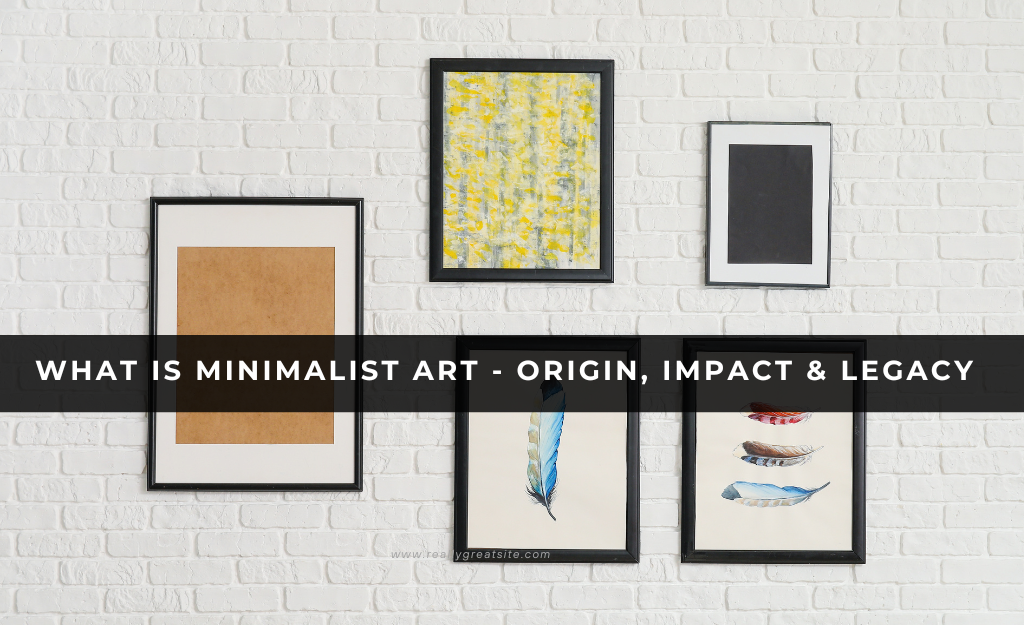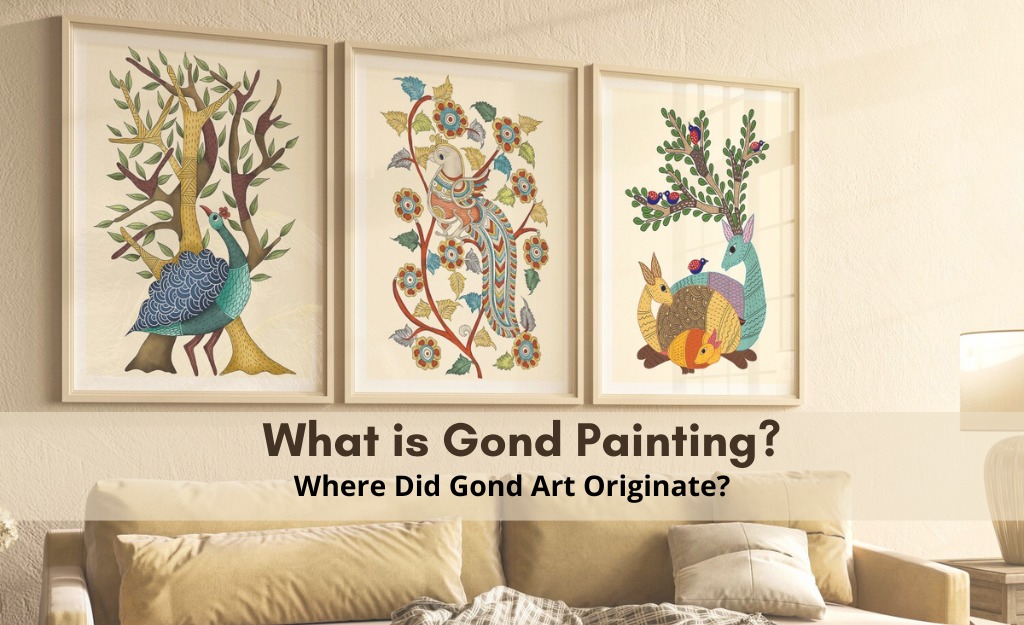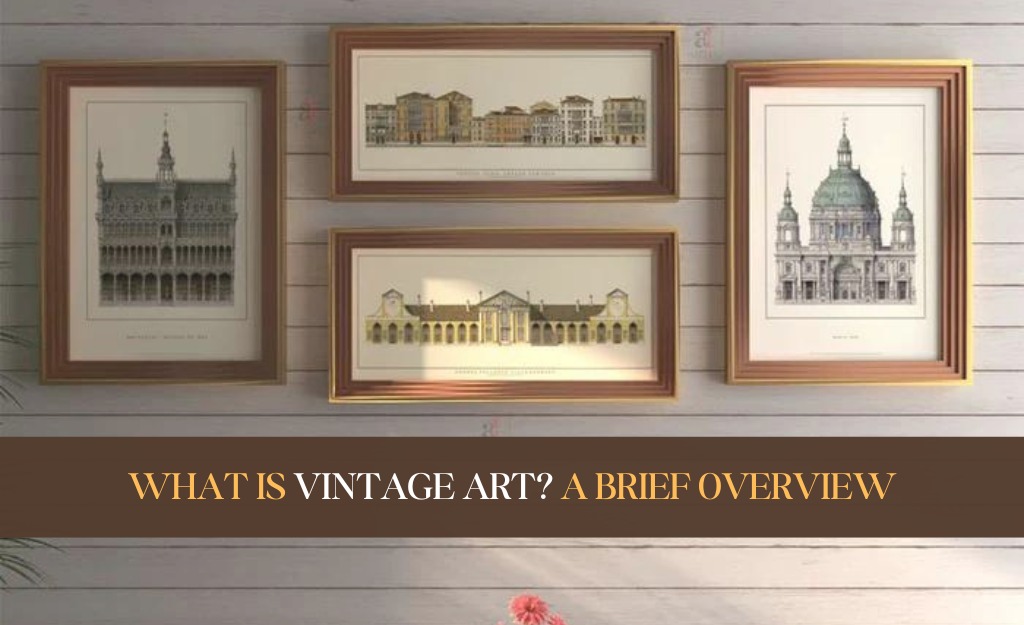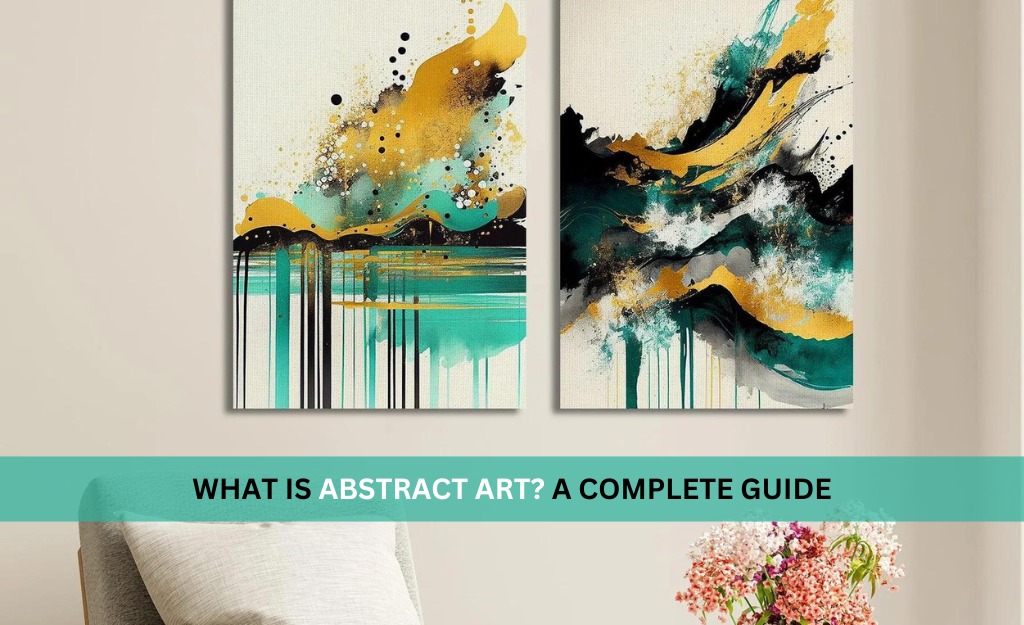Minimalist art painting is a significant movement within the broader spectrum of Minimalism, characterized by its emphasis on simplicity, geometric forms, and reductionist aesthetics. Emerging in the mid-20th century, Minimalist wall art revolutionized traditional artistic practices by focusing on essential elements of visual composition while rejecting narrative, emotion, and excess ornamentation. This article explores the origins, defining characteristics, major artists, and enduring impact of Minimalist art painting, elucidating its evolution and relevance in contemporary art.
Origins and Historical Context
Minimalist art paintings evolved as a response to the complexity and emotionalism of preceding art movements such as Abstract Expressionism and Pop Art. Emerging primarily in the 1960s in the United States, Minimalism sought to strip away extraneous elements and distill art down to its fundamental components—form, color, line, and space. This movement was influenced by earlier developments in geometric abstraction and Constructivism, which emphasized geometric shapes and industrial materials.
The social and cultural context of the post-World War II era, with its emphasis on industrialization, rationality, and reductionism, provided fertile ground for the emergence of Minimalist art painting. Artists began to experiment with minimalist principles, exploring how geometric forms and precise compositions could convey meaning and evoke aesthetic responses without relying on subjective expression or narrative content.
Defining Characteristics of Minimalist Art Painting
Framed Minimalist art painting online is characterized by several key features that distinguish it from other art movements:
- Simplicity and Clarity: Minimalist paintings prioritize simplicity and clarity of form. Artists often use basic geometric shapes such as squares, rectangles, circles, or lines, arranging them in precise compositions that emphasize spatial relationships and visual balance.
- Reductionism: The movement advocates for reducing artworks to their essential elements, eliminating non-essential details, ornamentation, and narrative content. This reductionist approach challenges viewers to engage directly with the formal qualities of the painting, such as color, shape, and texture.
- Geometric Abstraction: Geometric forms play a central role in Minimalist art painting. Artists employ strict geometric shapes and arrangements, often using rulers, stencils, or mathematical systems to achieve precision and uniformity in their compositions.
- Limited Color Palette: Minimalist paintings online in India typically feature a limited color palette, focusing on monochromatic schemes or a few subdued colors. This deliberate choice emphasizes the purity and austerity of the artwork, minimizing distractions and enhancing visual coherence.
- Flatness and Surface: Minimalist painters often prioritize the flatness and physicality of the painting’s surface. Brushstrokes are minimized or eliminated, and textures are kept smooth and uniform, reinforcing the artwork’s object-like quality.
Major Artists and Movements
Several artists have made significant contributions to the development and evolution of Minimalist art painting:
- Frank Stella: Known for his series of “Black Paintings” in the late 1950s, Frank Stella’s work exemplifies Minimalist principles with its emphasis on geometric patterns, flat surfaces, and monochromatic color schemes. His approach to painting influenced subsequent generations of Minimalist artists.
- Ellsworth Kelly: Ellsworth Kelly’s minimalist paintings explore the interaction of color, form, and space. He often painted large, shaped canvases with bold, flat colors, creating compositions that challenge the viewer’s perception and emphasize visual harmony.
- Agnes Martin: Agnes Martin’s minimalist paintings are characterized by their subtle grids and delicate lines. Her work embodies a minimalist ethos of simplicity, repetition, and meditative contemplation, exploring the intersection of geometry and spirituality.
- Donald Judd: Although primarily known for his minimalist sculptures, Donald Judd’s approach to art extended to painting. His paintings often featured simple geometric forms and precise arrangements, reflecting his interest in the relationship between objects and space.
- Robert Ryman: Robert Ryman’s minimalist paintings focus on the materiality of paint and the physical presence of the canvas. He explores variations in texture, tone, and surface treatment, challenging traditional notions of painting as a window into illusionistic space.
Impact and Legacy
Minimalist art painting has had a profound impact on the trajectory of contemporary art and continues to resonate with artists and audiences today:
- Artistic Influence: Minimalism challenged conventional notions of painting by emphasizing simplicity, objectivity, and the physical properties of materials. Its influence can be seen in subsequent movements such as Conceptual Art, Process Art, and Contemporary Abstraction.
- Visual and Aesthetic Exploration: Minimalist wall art paintings online expanded the possibilities of visual expression by focusing on fundamental elements of art-making. Artists continue to explore minimalist principles in their work, pushing the boundaries of form, color, and spatial relationships.
- Philosophical and Theoretical Discourse: Minimalism sparked debates about the nature of art, perception, and aesthetics. Its emphasis on reductionism and essentialism raised questions about the role of subjectivity and emotion in artistic practice.
- Cultural and Social Context: Minimalism emerged during a period of profound social and cultural change, reflecting broader shifts towards industrialization, urbanization, and technological advancement. Its minimalist aesthetic resonated with contemporary debates about modernity and the role of art in society.
- Global Impact: Framed minimalist wall art transcended national boundaries and became a global phenomenon, influencing artists and institutions around the world. Its legacy continues to inspire diverse artistic practices and movements across different cultural contexts.
Conclusion
All in all, framed minimalist wall art painting online represents a pivotal moment in the evolution of modern and contemporary art, characterized by its emphasis on simplicity, geometric abstraction, and reductionist aesthetics. Emerging in response to the complexities and emotionalism of earlier art movements, Minimalism challenged artists to reconsider the fundamental elements of painting—form, color, and space. Through the work of artists like Frank Stella, Ellsworth Kelly, and Agnes Martin, Minimalism transformed the landscape of artistic practice, leaving an enduring legacy that continues to influence artists, critics, and audiences alike. As contemporary artists continue to explore minimalist principles in new and innovative ways, Minimalist art painting remains a testament to the power of simplicity and the enduring appeal of visual clarity and precision in art.
Experience the essence of simplicity and precision with the SAAJ Minimalist Art Collection. Each framed painting embodies the purity of Minimalism, featuring clean lines, geometric forms, and subtle compositions that invite contemplation and appreciation of elemental beauty. Perfect for modern interiors seeking harmony and elegance, these artworks by SAAJ evoke a sense of tranquility and sophistication.







